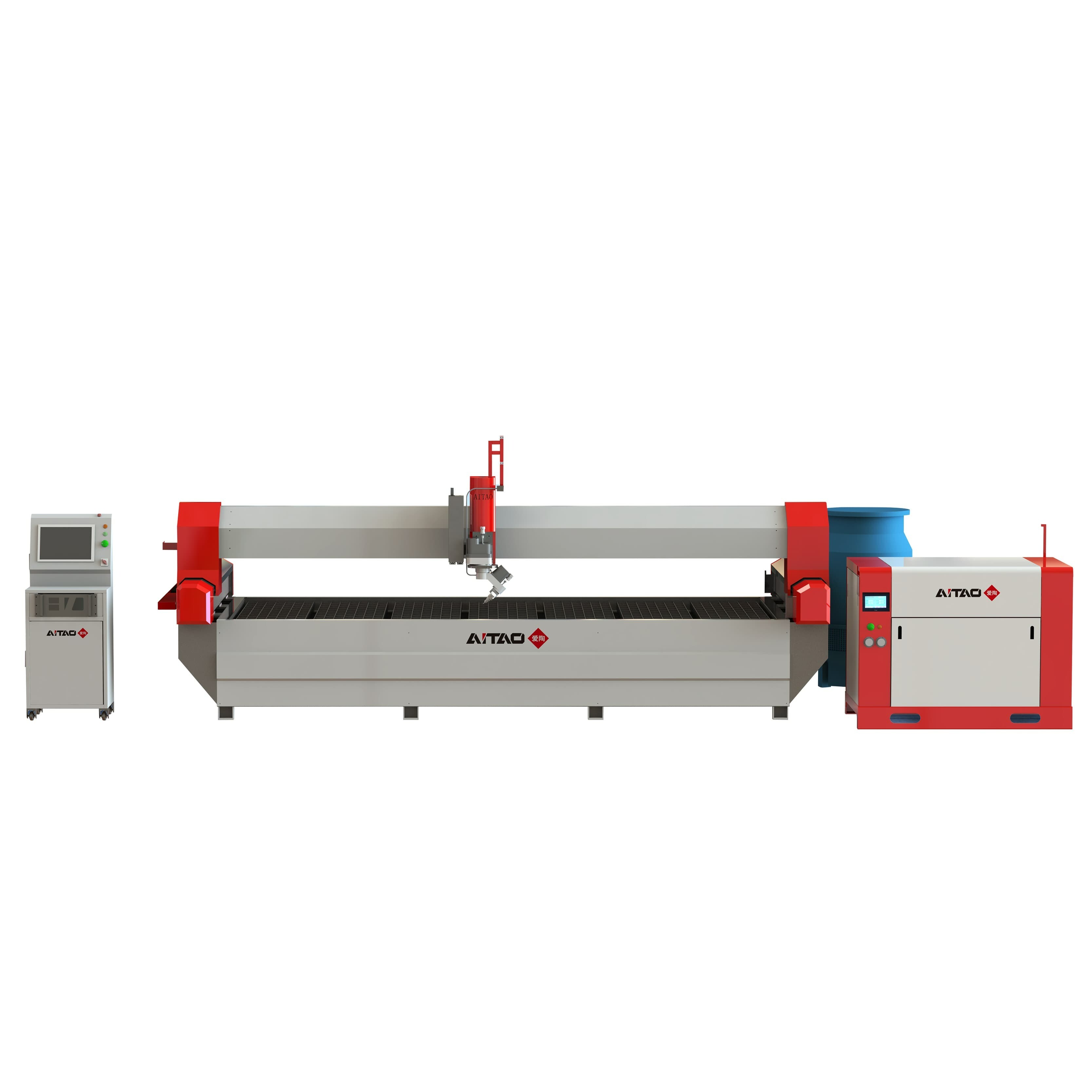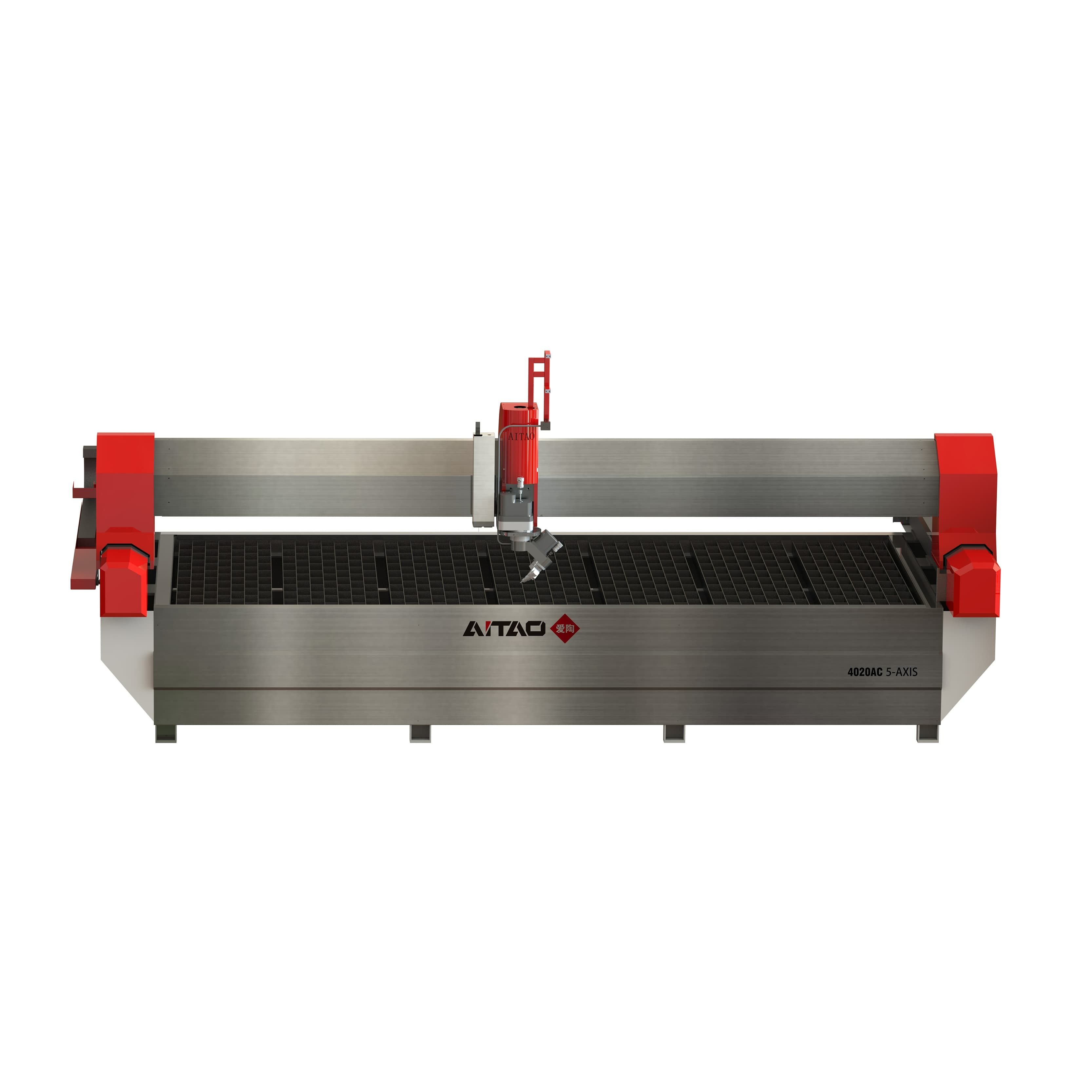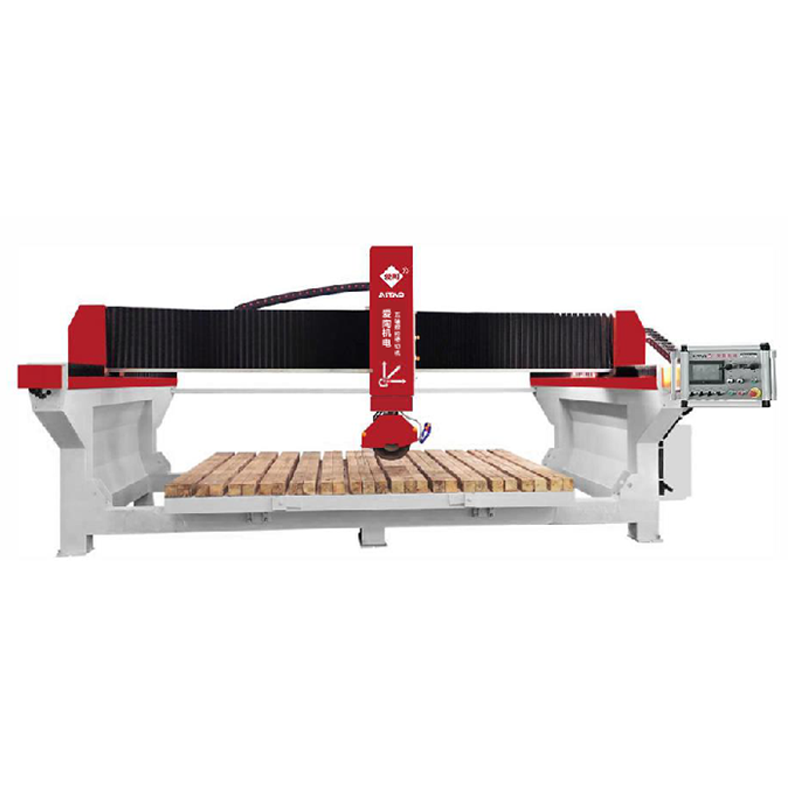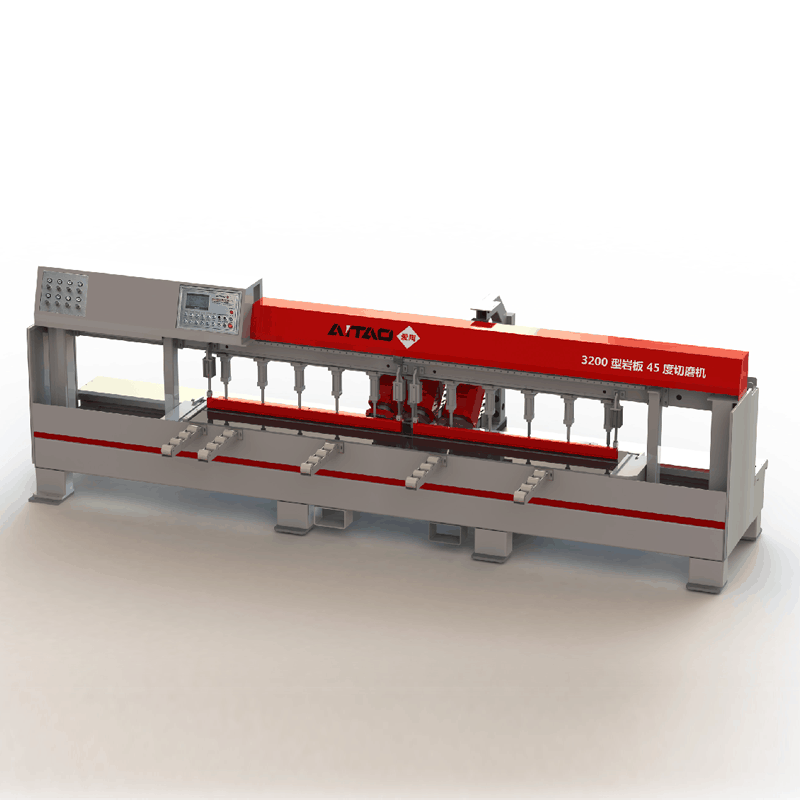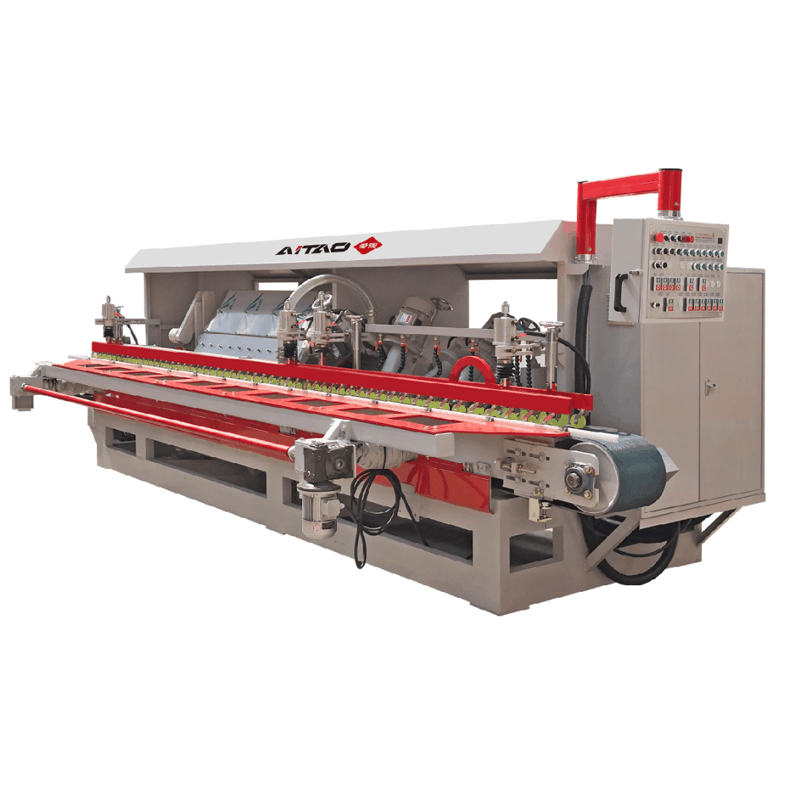In an era where sustainability is at the forefront of technical breakthroughs, enterprises are continuously on the lookout for environmentally friendly alternatives to standard production techniques. Water jet cutting has emerged as a promising solution, offering a precise and efficient method for cutting a wide range of materials while minimizing environmental impact. This article delves into the sustainability of water jet cutting.
What Is A Water Jet Cutting?
Water jet cutting is a versatile process that utilizes a high-pressure stream of water, often mixed with abrasive particles, to cut through materials such as metal, glass, plastic, and composites. Water jet cutting, unlike typical cutting processes that create heat, is a cold-cutting technology that eliminates the possibility of material deformation or damage due to high temperatures.
Why Water Jet Cutting Is Sustainability?
Energy Efficiency
Water jet cutting excels in energy efficiency, making it a standout in sustainable manufacturing. Traditional cutting methods, such as laser or plasma cutting, often rely on substantial energy consumption due to the heat generation involved. The cold-cutting method of water jet cutting dramatically decreases energy needs, contributing to cheaper operational costs and a lower environmental effect.

Material Conservation
The precision of water jet cutting significantly minimizes material wastage. Traditional cutting methods can result in substantial material loss due to the heat-affected zones and wider kerf widths. In contrast, the capacity of water jet cutting to generate detailed and accurate cuts enables optimal material utilization, which is crucial in resource conservation. This element is consistent with the ideas of a circular economy, in which limiting waste is critical for long-term activities.
No Hazardous Emissions
Water jet cutting is a safe procedure that emits no harmful byproducts. Unlike other older cutting technologies, which may emit toxic gasses into the atmosphere, water jet cutting has no such environmental consequences. This characteristic not only contributes to a healthier work environment but also aligns with stringent environmental regulations, making it an eco-friendly choice for industries seeking sustainable manufacturing solutions.
Versatility
The versatility of water jet cutting allows it to handle a wide array of materials without the need for multiple tools or frequent tool changes. This adaptability streamlines the manufacturing process by eliminating the need for additional machining or processing steps. This decrease in secondary operations not only saves time and money but also reduces energy usage, supporting the sustainability credentials of water jet cutting.
Challenges And Considerations
Here are some major challenges and considerations:
Consumables
While water jet cutting is known for its minimal material wastage, the use of abrasives as consumables raises concerns. The abrasives, typically added to the water stream to enhance cutting efficiency, may contribute to waste. However, ongoing advancements in abrasive recycling technologies are addressing this challenge. Companies are exploring ways to reuse and recycle abrasives, making the water jet-cutting process more sustainable by reducing the overall consumption of consumables.
Initial Investment
The greater initial cost of equipment involved with water jet cutting as compared to various older cutting processes is a significant obstacle. However, long-term advantages and cost reductions must be considered. As sustainability becomes a key focus for businesses, the initial investment in water jet-cutting equipment is increasingly seen as an investment in both efficiency and environmental responsibility.
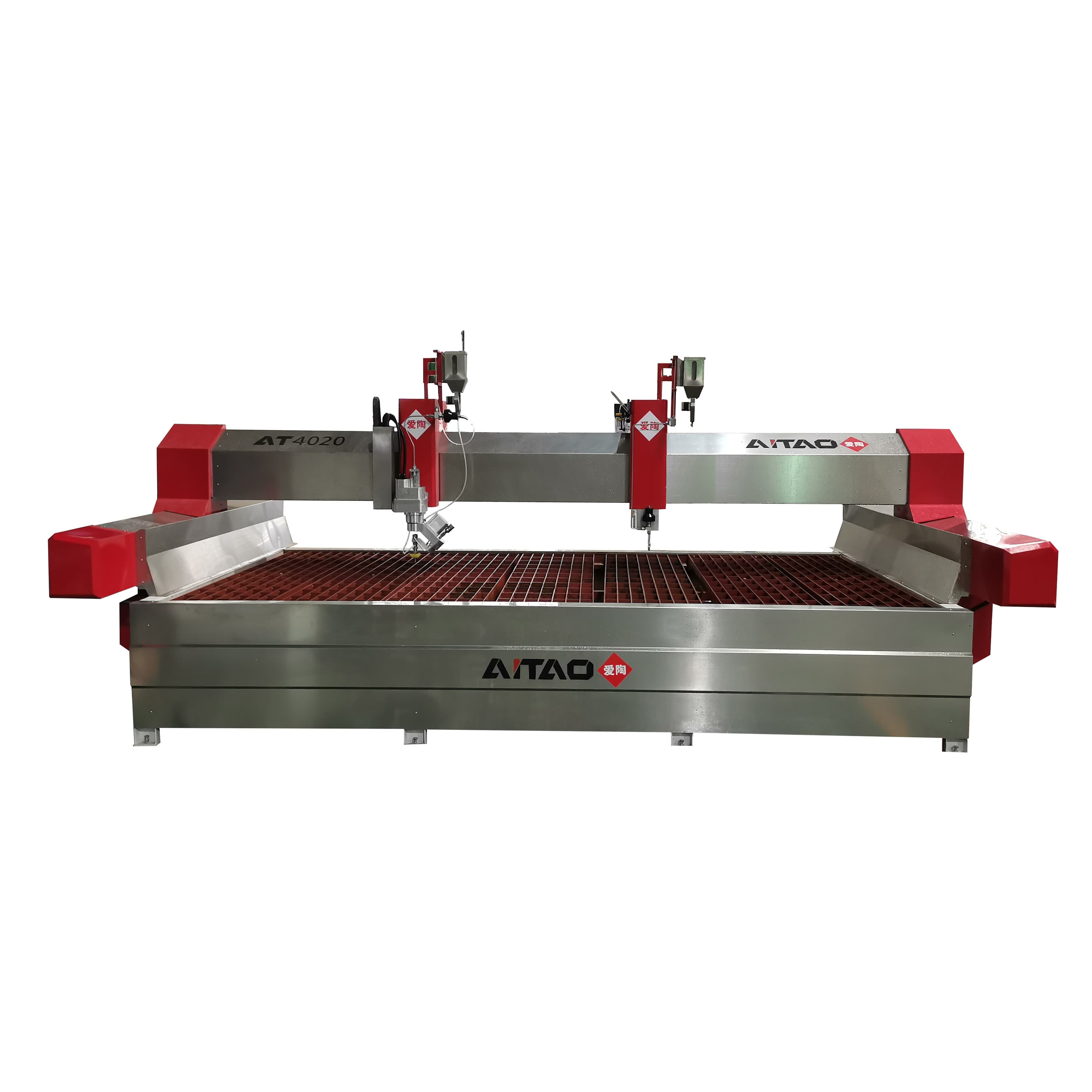
Waterjet Cutting Machine For Metal
Operator Training
Another consideration is the need for skilled operators to ensure optimal performance and efficiency in water jet cutting. Proper training is required to maximize the technology's capabilities and reduce mistakes that might result in increased material waste or energy use.
Conclusion
Waterjet cutting emerges as a sustainable alternative in the competitive landscape of industrial cutting processes. With its 'water jet cutting accuracy' and versatility, many companies are not only adopting the technology for in-house operations but are also exploring 'water jet cutting machine prices' and 'water jet cutting services near me' to enhance work efficiency and reduce environmental impact. The 'advantages of water jet cutting'—such as minimal material waste and no heat-affected zones—make it a preferred choice for industries committed to sustainable manufacturing. However, selecting a high-quality 'water jet cutting machine' is critical to harnessing these benefits. Whether you're considering an 'abrasive water jet cutting machine' or a 'water jet cutting table,' understanding the 'advantages and disadvantages of water jet cutting,' as well as the 'accuracy of water jet cutting,' is essential for making an informed decision. For businesses looking to start a 'water jet cutting business' or expand their existing services, AITAO provides 'all water jet cutting' solutions, including machines suitable for 'aluminium water jet cutting' and other specialized applications. Contact us to explore how our 'aqua water jet cutting' technology can meet your precision cutting needs.
FAQs
1. How does water jet cutting work and what are its applications?
Water jet cutting works by propelling a high-pressure stream of water, sometimes mixed with abrasive particles, through a narrow nozzle to cut through various materials. This process is ideal for applications where precision is crucial and thermal distortion is unacceptable, such as in the aerospace, automotive, and electronics industries. It's capable of slicing through metals, composites, stones, tiles, and more, making it one of the most versatile cutting methods available.
2. What are the advantages and disadvantages of water jet cutting?
The advantages of water jet cutting include its ability to cut through a variety of materials without thermal distortion, its high precision, and its environmental friendliness due to no hazardous emissions. However, disadvantages may include the higher initial investment cost for machinery and the need for skilled operators to manage the cutting process. Additionally, while the cutting process itself is free of hazardous emissions, the use of abrasives in the water stream can create waste that must be managed properly.
3. Can you explain the difference in accuracy between CNC water jet cutting machines and traditional cutting methods?
CNC water jet cutting machines offer superior accuracy compared to traditional cutting methods due to their precise computer-controlled operation. They can produce complex shapes and fine details with a high degree of repeatability. Traditional methods, which often rely on heat, can lead to material warping and a larger kerf, resulting in less accurate cuts. The cold-cutting nature of water jet technology ensures that the integrity of the material is maintained, providing consistently precise results.

